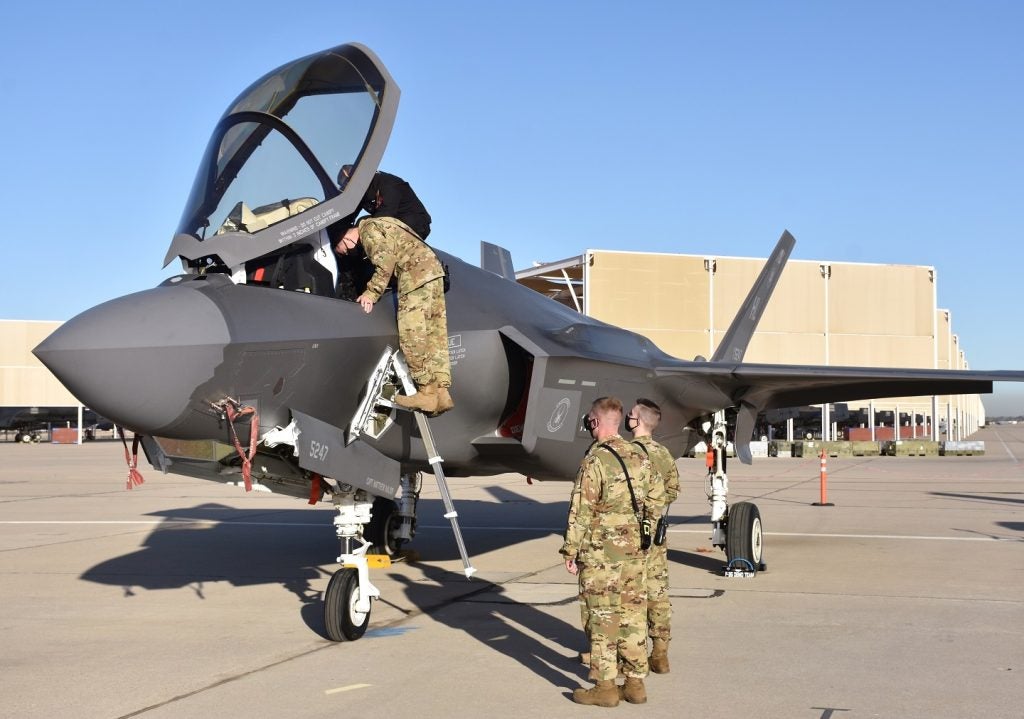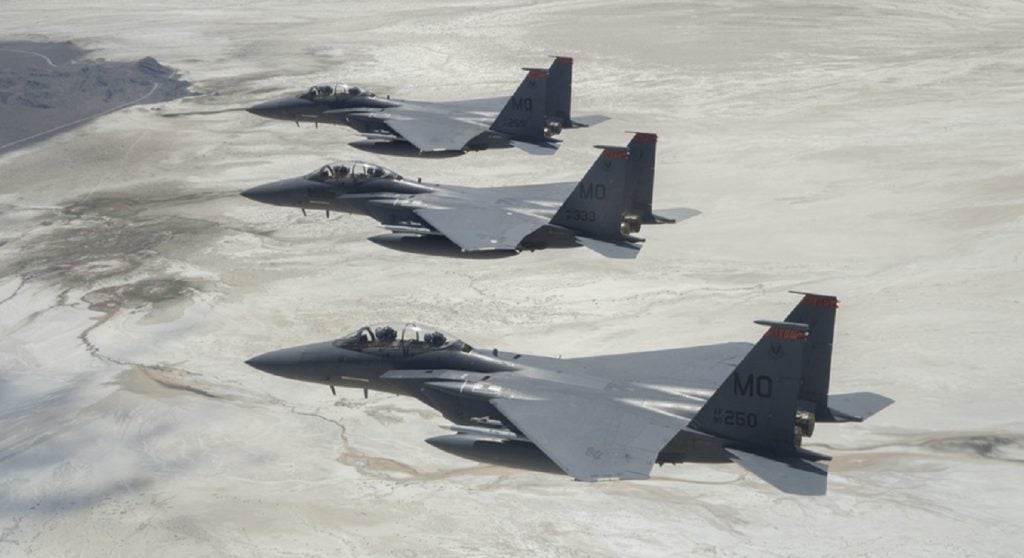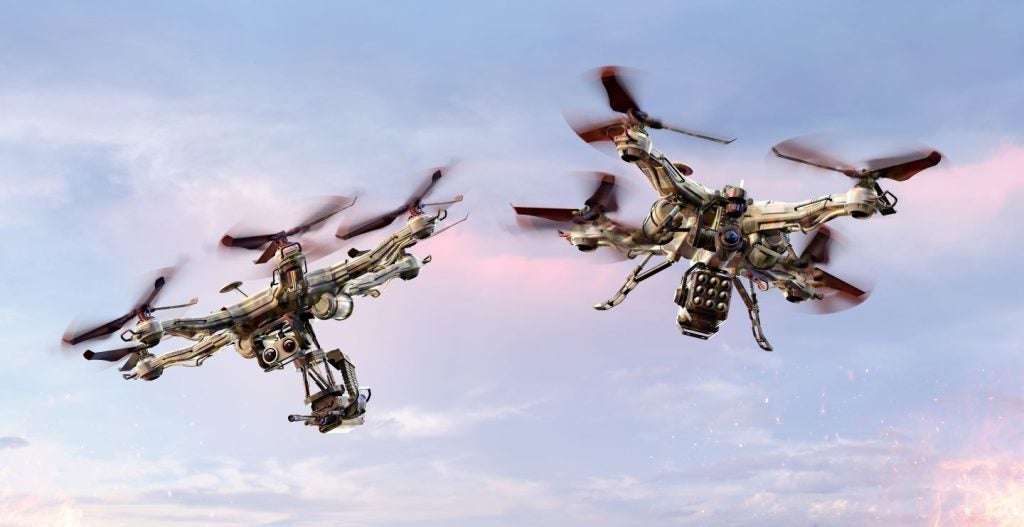US-based Energid Technologies has secured a contract to provide software for robotic control and simulation to DARPA’s Phoenix programme.
Phoenix plans to use Energid’s software to redefine how satellites can be built and maintained through assembly and repair in orbit.
Energid Technologies CEO Neil Tardella said, "As envisioned, future satellites will be assembled in space, fill launch vehicles to their fullest, and be recycled when they break."
As part of the deal, Energid will provide its Actin software, which supports control of multiple arms, each having extra motions, like human arms that can raise and lower elbows independently of hand movement to work cooperatively.
The robots can gain larger workspaces, improved accuracy and the ability to reach around obstacles.
Actin will be used to take advantage of these extra motions on robots operating in geosynchronous orbit, 22,000 miles above the Earth, when applied to the Phoenix mission.
How well do you really know your competitors?
Access the most comprehensive Company Profiles on the market, powered by GlobalData. Save hours of research. Gain competitive edge.

Thank you!
Your download email will arrive shortly
Not ready to buy yet? Download a free sample
We are confident about the unique quality of our Company Profiles. However, we want you to make the most beneficial decision for your business, so we offer a free sample that you can download by submitting the below form
By GlobalDataEnergid noted that Actin manages constraints and optimisations, which will allow the robot operator to focus only on how a tool or gripper should move and have the joints automatically take action to achieve that motion in the best way.
Energid CTO James English said the involvement with the Phoenix programme is a wonderful event for the company.
"The technology is thrilling, and we are honored by the trust placed in us when there is so much at stake," English said.
Energid’s work on the project will be completed in Massachusetts, Illinois, Texas, and Arizona, US, and is leveraging technology developed for NASA, the National Science Foundation and the Naval Research Laboratory.








